Permanent makeup ink is a specialized pigment used in the process of micropigmentation to create long-lasting cosmetic effects that mimic the appearance of makeup. This type of ink is designed to be safe for use on sensitive areas like the lips and eyebrows, providing a semi-permanent enhancement that can last for years. The formulation of permanent makeup inks often includes a blend of organic materials and stable compounds to ensure a consistent and vibrant color payoff that is both non-toxic and long-lasting.
Types of Permanent Makeup Ink
The diversity in permanent makeup ink types is vast, catering to a range of aesthetic preferences and technical requirements. Beyond the basic categorization by application area—such as inks specifically formulated for the eyebrows, eyeliner, or lips—there are also variations in consistency and color depth. Some inks are designed to offer a sheer, more natural look, while others provide a denser coverage. Inks may also be classified based on their longevity, with some designed for shorter-term results that allow for easier modification as trends change, and others that are intended for maximum durability. The choice of ink type is influenced by both the client's desires and the professional's assessment of what will best suit their skin type and lifestyle.
Structure of Permanent Makeup Ink
The structure of permanent makeup ink is meticulously engineered to ensure safety, efficacy, and durability. The ink is composed of a pigment suspended in a carrier solution. The carrier solution not only transports the pigment to the desired location in the skin but also contains antiseptics to prevent infection. The pigments are often mineral-based, providing a natural look, and are ground to a fine powder to ensure a smooth application. The precise structure of the ink allows for controlled shading and line formation, which is essential for the delicate work of mimicking the appearance of natural features.
Materials in Permanent Makeup Ink
The materials in permanent makeup ink are chosen for their biocompatibility and safety profile. Organic pigments are favored for their natural origin, reducing the risk of skin irritation. These pigments are often combined with carriers such as glycerin, ethanol, or distilled water. The choice of these materials is critical, as they must maintain the integrity of the color and ensure that the ink remains evenly dispersed without separating. Additionally, the equipment used in the application process, typically made from high-grade stainless steel or aluminum alloy, is selected for its precision and ability to be sterilized, ensuring that the entire procedure is conducted under the highest safety standards.
Business Usages and Applications of Permanent Makeup Ink
Permanent makeup ink has revolutionized the beauty industry, offering enduring solutions for enhancing natural features. Its applications span from the creation of fuller, well-defined eyebrows to the precise lining of lips and the delicate artistry required for eyeliner. In the medical field, permanent makeup inks play a pivotal role in reconstructive treatments, aiding individuals who have undergone mastectomies or those seeking to conceal scars or skin discolorations. The inks have enabled professionals to expand their services, providing personalized treatments that cater to a diverse clientele seeking both aesthetic and therapeutic benefits.
Functions of Permanent Makeup Ink
The primary function of permanent makeup ink is to replicate the appearance of conventional makeup, but its utility extends beyond cosmetic enhancement. It serves as a vital tool in medical tattooing, aiding in the reconstruction of features affected by surgery or trauma. The ink is designed to be versatile, allowing for a range of techniques from subtle shading to detailed line work, essential for the varied demands of permanent makeup applications. Its formulation is optimized to ensure that once applied, the ink remains stable, with minimal risk of migration or color change.
Features of Permanent Makeup Ink
Permanent makeup ink is characterized by its specialized features that distinguish it from other pigments used in body art tattoos. These features include a finer pigment size for a more natural appearance, a wide spectrum of colors to match natural skin tones, and a formulation that balances the need for durability with the potential need for future adjustments. The inks are also designed to minimize the risk of allergic reactions, making them suitable for use on the delicate skin of the face. The unique selling points of these inks lie in their ability to create natural-looking enhancements that are both long-lasting and safe.
Benefits of Permanent Makeup Ink
The benefits of permanent makeup ink are multifaceted. For clients, the inks provide a time-saving convenience, eliminating the daily need for makeup application. They offer a smudge-proof and water-resistant alternative to traditional makeup, ideal for active lifestyles. From a psychological perspective, permanent makeup can bolster self-esteem and body image, particularly for those who have experienced hair loss or skin discoloration. The inks also present a hypoallergenic option for those sensitive to conventional makeup products.
How to Use Permanent Makeup Ink
Effective use of permanent makeup ink requires a combination of technical skill and artistic vision. Professionals must assess the client's facial features, skin tone, and desired outcome to select the appropriate ink. The application process involves using a tattoo machine or microblading tool to implant the ink into the dermal layer of the skin. Mastery of the technique is essential to achieve a natural and symmetrical result that enhances the client's features.
How to Choose the Right Permanent Makeup Ink
Selecting the right permanent makeup ink is a decision that hinges on understanding the client's needs and the specific use case. Factors such as skin type, colorfastness, and the area of application play a significant role in the selection process. Professionals must choose inks that are known for their safety, quality, and suitability for the intended procedure. It is also important to consider the longevity of the ink and how it fades over time, as this will impact the frequency of touch-ups required.
How to Clean and Maintain Permanent Makeup Ink
Cleaning and maintaining the appearance of permanent makeup ink is crucial for its longevity. After the initial application, following a strict aftercare regimen is essential to prevent infection and ensure proper healing. This includes keeping the area clean, avoiding makeup and direct sunlight, and applying any prescribed ointments. Long-term maintenance may involve periodic touch-ups to refresh the color and definition of the permanent makeup as the ink naturally fades over time.
What are the safety considerations when using permanent makeup ink?
When using permanent makeup ink, safety considerations are paramount. Professionals must ensure that the inks are sterile and free from contaminants. They should also be aware of the client's medical history and potential allergies. Proper technique and aftercare are essential to prevent infections and ensure optimal healing.
How does permanent makeup ink differ from traditional tattoo ink?
Permanent makeup ink differs from traditional tattoo ink in its formulation and intended use. Permanent makeup inks are designed to look more natural and subtle on the skin and are formulated to fade over time, allowing for adjustments in color and shape. In contrast, traditional tattoo inks are intended to be permanent and are often more vibrant and varied in color.
Can permanent makeup ink be removed if necessary?
While permanent makeup ink is intended to be long-lasting, it can be removed if necessary. Techniques such as laser removal can be used to break down the pigment, although multiple sessions may be required. It is important to consult with a professional who specializes in the removal of permanent makeup to understand the risks and expected outcomes of the procedure.









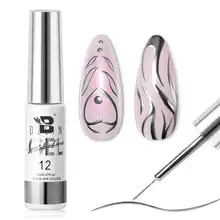


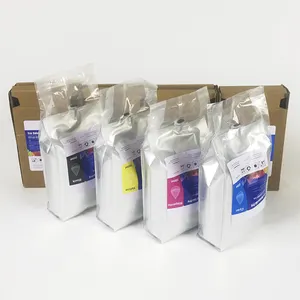





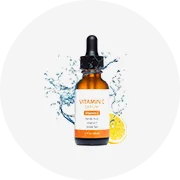
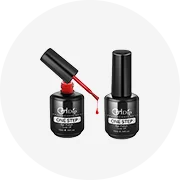
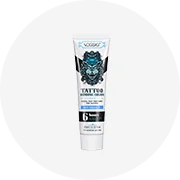
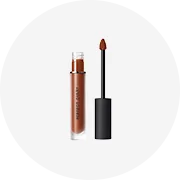
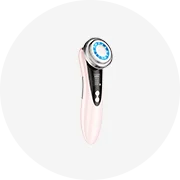
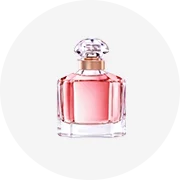

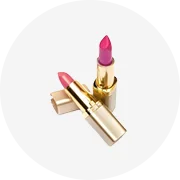
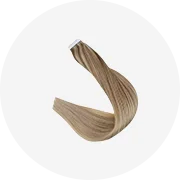


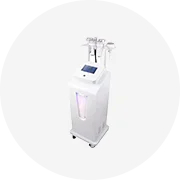








 浙公网安备 33010002000092号
浙公网安备 33010002000092号 浙B2-20120091-4
浙B2-20120091-4